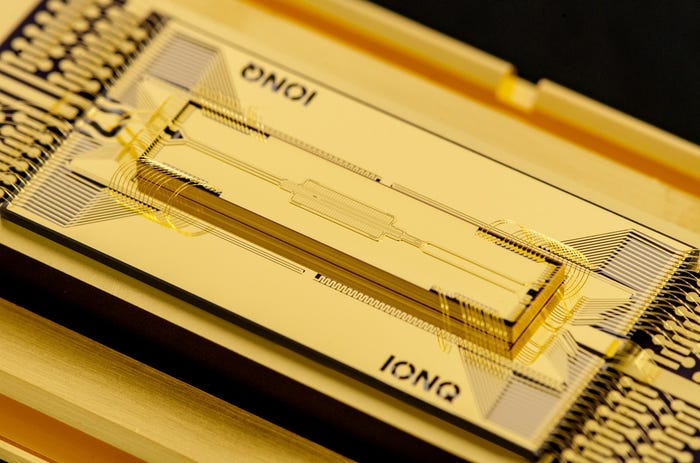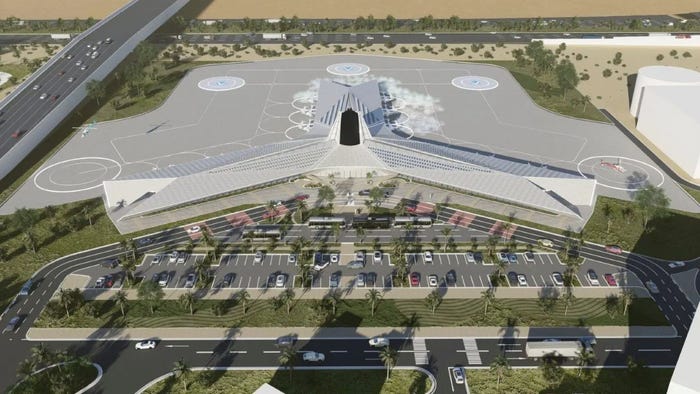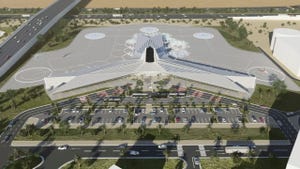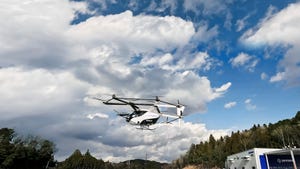Tesla to Start Using Humanoid Robots by Next YearTesla to Start Using Humanoid Robots by Next Year
Musk said Tesla will use the humanoid robots internally first, with production for other companies projected to start in 2026

Humanoid robots will be working for Tesla by next year, according to Elon Musk.
The CEO made the announcement on X, sparking huge interest among followers.
“Tesla will have genuinely useful humanoid robots in low production for Tesla internal use next year and, hopefully, high production for other companies in 2026,” said Musk.
However, while the news caused plenty of excitement online, the timeline actually constitutes a slight delay from a previous announcement made just three months ago in April.
On that occasion, Musk told investors on an earnings call that the robot – known as Optimus – could be ready by the end of 2024. He stated: “We are able to do simple factory tasks in the lab. And we do think Optimus will have limited production in the factory itself doing useful tasks before the end of this year.”
However, he went on to admit these predictions were “just guesses.”
Since the introduction of the concept at Tesla’s AI Day in 2021 – accompanied by a person in a white suit simulating a human robot, to some derision – interest has been predictably huge, but progress somewhat erratic. At AI Day 2022, Optimus made an appearance, but was unable to walk unaided, despite Musk’s claim that it could sell by the billion and facilitate a “fundamental transformation for civilization”.
By May 2023, Optimus was demonstrating much more advanced mobility, with Musk showing a video at Tesla’s shareholders day which depicted the bot walking and picking things up.
An update followed in December 2023, and at the start of this year Optimus Gen 2 was filmed folding laundry, with lead engineer Milan Kovac claiming 2023 had been an “awesome year” for the bot, hailing the company’s progress in developing its dexterity, locomotion and autonomous capabilities.
The sense of anticipation was reinforced in early July at the World Artificial Intelligence Conference in Shanghai, when Optimus was a star attraction, despite doing nothing more than standing stationary in a glass case.
While we don’t know what tasks Tesla may have earmarked for the bot, or which “other companies” may be interested in using it, we do know its dimensions – it’s 5 feet 11 inches tall and weighs 121 pounds – and that the likely price tag, initially at least, will be between $25,000 and $30,000.
Despite the uncertainty, Musk has been characteristically bullish on Optimus’ potential.
Earlier this year, he said: “If you've got a sentient humanoid robot that is able to navigate reality and do tasks at request, there is no meaningful limit to the size of the economy. So that’s what’s going to happen, and I think Tesla is best positioned of any humanoid robot maker to be able to reach volume production.”
However, Musk has a long history of making outlandish claims and missing deadlines. In 2015, he claimed Tesla cars would deliver full autonomy by 2018, and six years down the line the company is still a long way off seeing this materialize.
And the reveal of the company’s much anticipated self-driving taxi – one of the key pillars of its renewed focus on automation and AI – has already been delayed until October, after originally planned for August 8.
About the Author
You May Also Like






